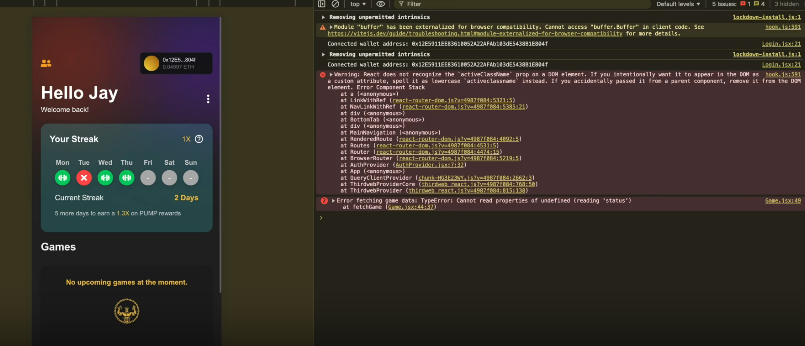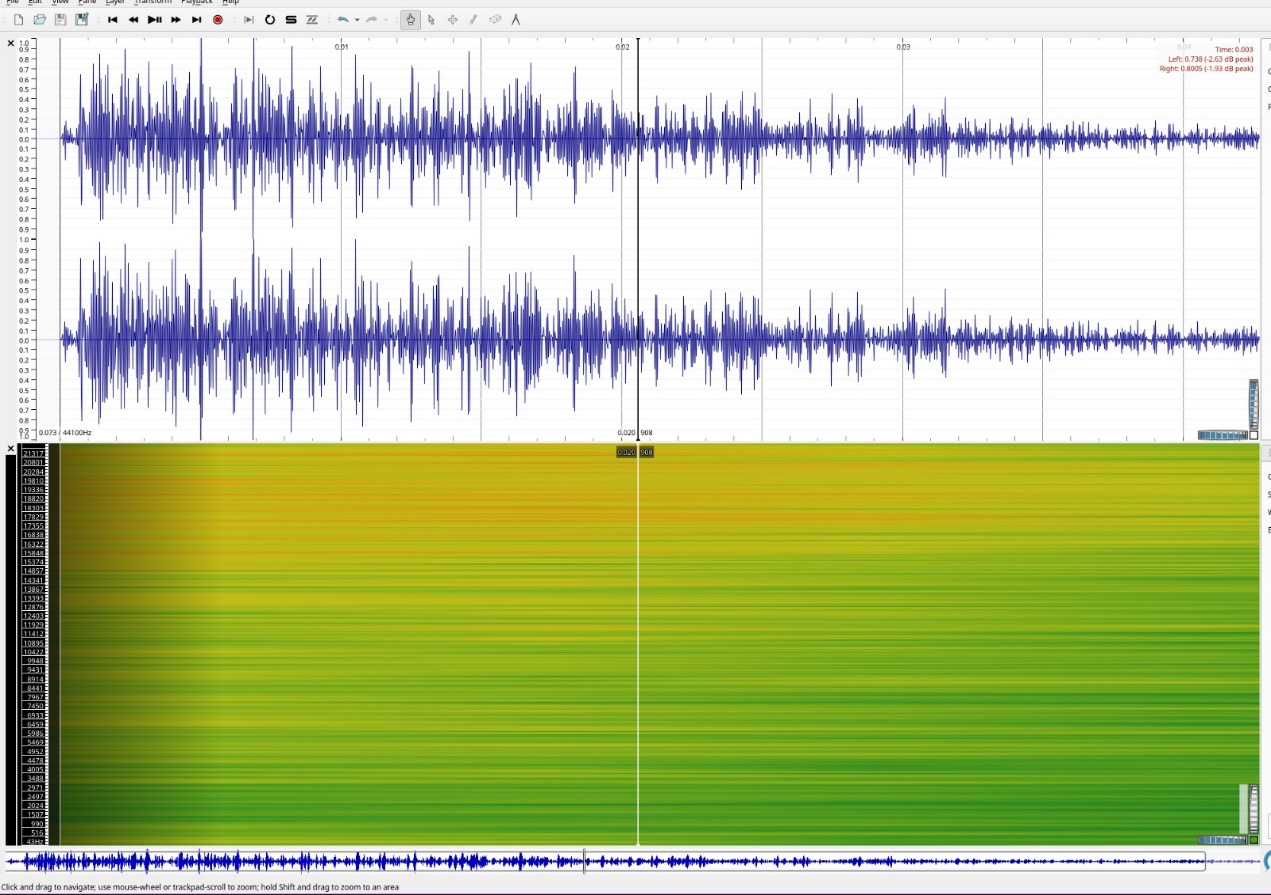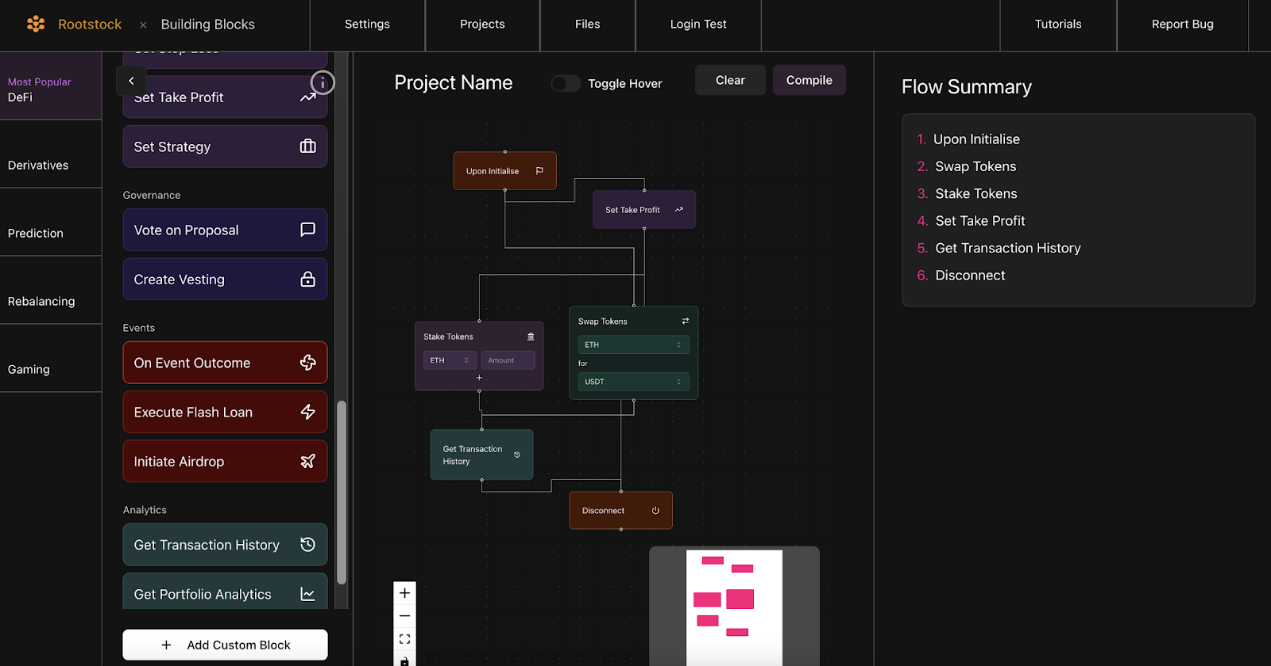Author: ETHGlobal
Compiled by: Felix, PANews
On October 21, ETHGlobal announced the finalists for the ETHGlobal San Francisco Hackathon. A total of 223 projects participated in this competition, with 10 projects ultimately standing out, including PumpRoyale, VVLDrizzy, and IP Infinity, covering areas such as gaming and copyright protection.
This article provides a detailed overview of these 10 projects.
PumpRoyale
PumpRoyale allows users to invest USDC in global fitness challenges, complete activities, and earn rewards from a pool of losers.
In PumpRoyale, users from around the world can invest any amount of USDC in regularly held global competitions. During the competition, the system randomly prompts users to record their completion of a basic fitness activity within 10 minutes of the prompt. Those who successfully complete the activity within the specified time will receive their deposit back, while those who do not will lose their deposit, creating a pool of losers. After each competition, the system randomly selects a few individuals who completed the fitness activity to receive a share of the loser pool.

VVLDrizzy
VVLDrizzy enables creators to mint, watermark, and license viral videos while earning revenue. Media organizations can easily license verified content. Powered by Story Protocol and Walrus.
VVLDrizzy (viral video licensor) aims to allow content creators and media organizations to easily receive compensation or pay for video content licenses, helping to bridge the gap in Web3 adoption for traditional media organizations.

IP Infinity
IP Infinity transforms NFTs into game objects with statistics and integrates them into procedurally generated worlds using Unreal Engine and AI-driven classification.
IP-Landers are built using AI models, blockchain integration, and game development tools. Meta's Llama 3.2 visual model analyzes NFT images, generating text descriptions classified by the DeBERTa zero-shot classification model, categorizing them into different types of objects. Unreal Engine powers the game, featuring procedurally generated landscapes and dungeons for a dynamic experience. The Story Protocol platform allows for collaborative creation without IP disputes.
OmiSwap
OmiSwap utilizes AI wearable devices for voice-activated blockchain trading, supporting cross-chain transfers and gasless USDC sending for seamless crypto interactions.
The platform leverages advanced AI powered by OpenAI's GPT model to interpret natural language commands. The system supports multiple blockchain networks, including Base, Polygon, Arbitrum, and Ethereum. OmiSwap uses the Coinbase CDP (Crypto Development Platform) SDK to create and manage wallets for users across different blockchain networks. OmiSwap supports two main types of transactions: transferring cryptocurrency (ETH or USDC) to other users on the platform and swapping between ETH and USDC on the Base network.
HelloACAI
HelloACAI is an agent-based on-chain collaborative AI infrastructure.
Current general AI helps make suggestions but does not actually save execution time. AI lacks the ability to take appropriate actions based on requests. Multiple AI agents focus on functions such as research, interacting with websites, APIs, calendars, payments, etc. When AI collaborates, how can good interaction be ensured? HelloACAI does this through smart contracts. Interactions between AI agents are governed by these contracts. HelloACAI also provides a registry for AI agents built through smart contracts.

DAOsaster
DAOsaster is a decentralized disaster response system that uses AI agents, drones, and blockchain for autonomous detection and coordination without relying on traditional infrastructure.
The initial phase of the project involves using drones to collect data from local and global agents, with drones investigating and gathering key information from disaster-affected areas. This data (including high-resolution video files and photos) is stored on Walrus.
To monetize and distribute this valuable content, Story Protocol is utilized, allowing entities like journalists to mint and use this data. Any profits generated from this process are returned to the DAO contract, which the AI agents use to manage the supply chain. When a disaster occurs, AI agents initiate communication with each other via the SKALE chain, autonomously assigning roles and coordinating actions. They utilize the Graph protocol to quickly query and process data, ensuring a rapid and efficient response.
To enhance the liquidity and funding of the DAO managed by AI agents, users can tokenize any AI assets (from drones to all-purpose gel devices), contributing to community resources.
Chain Waves
Chain Waves allows users to add watermarks to audio files on the blockchain and secure them, ensuring ownership proof, royalty tracking, and automatic dispute resolution for creators.
How it works:
- Mint your IP: Upload content and mint it as an NFT.
- Collect royalties: Automatically receive royalties when your IP is used based on the terms you set.
- Dispute resolution: Initiate a dispute process supported by legally binding contracts if unauthorized use is detected.
- Use IP as collateral for loans.
Key advantages:
- Legal support: Story Protocol's smart contracts provide a legal basis for intellectual property.
- Transparent tracking: All usage and royalty transactions are recorded on the blockchain for complete transparency.
- Efficient dispute handling: Utilize the dispute system to quickly address and resolve intellectual property infringement issues.

BuildBlocks
BuildBlocks has created drag-and-drop smart contract components that allow anyone to develop, compile, and deploy audited contracts on Rootstock, making Web3 development simple and secure.
BuildBlocks is built using a standard NextJS, Tailwind stack, and also utilizes injective wallets, Rootstock deployment and test networks, the SolC compiler for automatic Solidity contract compilation, and SIDAI's RAG pipeline generation service.

UniV4Backtester
UniV4Backtester is an institutional-grade UniV4 backtester that can accurately replay UniV3 events (Swap, Mint, Burn) to see how hypothetical positions perform over time.
UniV4Backtester employs various technologies to create this backtester: Viem (NodeJS) is used to fetch UniV3 pool events; Foundry is used to fork the Sepolia testnet and execute backtests.
Betsy
Betsy is a Web3 betting platform on Skale with XMTP-driven group betting messaging features. USDC funds are transparently handled through smart contracts, with AI helping to determine outcomes. Bets are completed and resolved on-chain, ensuring secure, trustless, and attractive group betting.
After creating a bet, group members can chat within the platform, agree or disagree on predictions, and place bets. Once the bet is finalized, the smart contract automatically transfers the funds. Additionally, the platform uses AI to analyze real-time sports data and help determine the outcome of each bet. After the match, AI checks whether the predictions were correct, and the smart contract allocates profits or losses accordingly.
Related reading: Overview of the 10 projects that made it to the finals of the ETHGlobal Singapore Hackathon
免责声明:本文章仅代表作者个人观点,不代表本平台的立场和观点。本文章仅供信息分享,不构成对任何人的任何投资建议。用户与作者之间的任何争议,与本平台无关。如网页中刊载的文章或图片涉及侵权,请提供相关的权利证明和身份证明发送邮件到support@aicoin.com,本平台相关工作人员将会进行核查。




